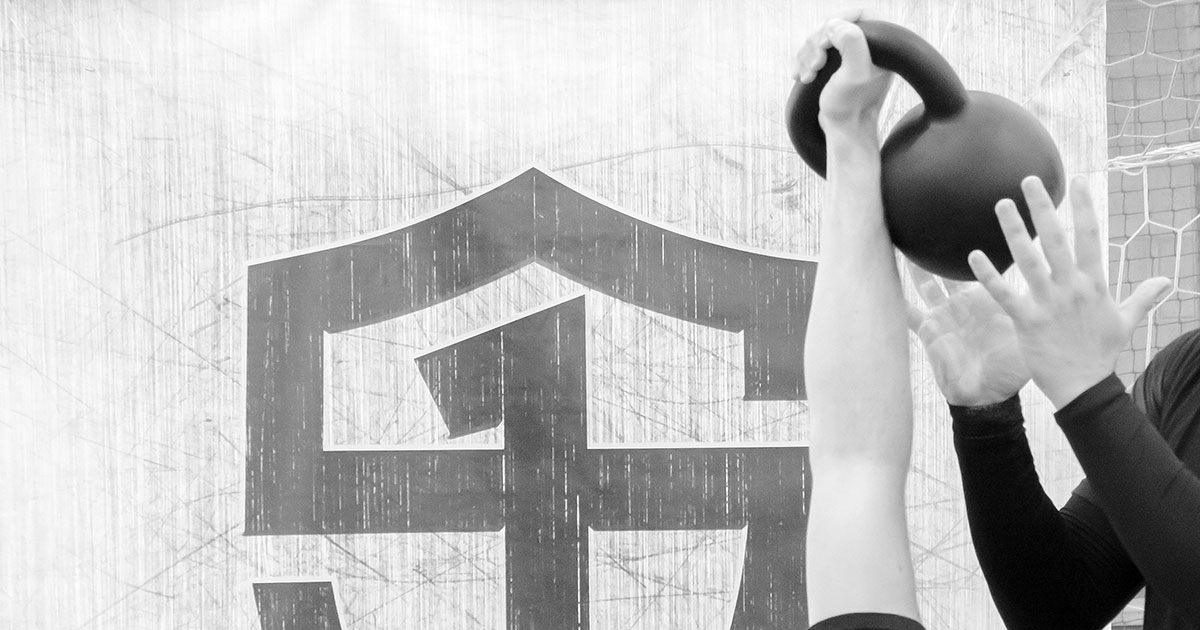Thanks for this excellent article
Let's thank its author, Pavel.
-S-
Thanks for this excellent article
And I pay for it pretty quickly when I stop doing them.
WHAT?!???Having a big squat isn't worth it if I my hip hurts when I walk, or my shoulder when I'm hanging up clothes.
Having a big squat isn't worth it if I my hip hurts when I walk, or my shoulder when I'm hanging up clothes.

You mean just a few times a year to check our one rep max? Or just a few times a year to increase the weight of the KB with which we train.Max out your weights only a couple of times a year, keep your average training weights moderately heavy at around 75% 1RM
Yes. Think like a powerlifter who goes to the nationals and worlds and that's it, everything else is training, not competition, and you only test maxes at competition.You mean just a few times a year to check our one rep max?
My mantra is often "Keep moving, Boris"But the main thing is, just DON'T STOP. Consistency trumps just about everything.
53 year old female, active my entire life playing sports, running and getting serious about strength training in my early 40s. I have never been seriously injured but always had some sort of nagging pain. After making a few changes, primarily focusing on getting to a point where I walk pain free I have completely reversed the hip pain that has been bothering me for a couple years. I still strength train and am making great progress, but I started thinking about what I want to be doing in 20 years and everything involves walking and moving.
I'm starting this thread hoping others in their 40s, 50s an beyond will share their experiences. For me, it's been a deep dive into forward locomotion and acknowledging in the absence of an injury, no matter how many pull-ups I can do I should not be in pain when I walk or when I get up. I've explored Knees Over Toes, GOATA, The Weck Method and Landmine University and am moving better today than 10 years ago. While not super flexible, I can get into positions like seiza and have better t-spine mobility (Stronger press!). I've also taken up golf, by far the most difficult set of skills I've ever attempted. I want to quit every time I go out, but then I'll make a nice shot and decide to keep with it. Playing 18 holes of golf (even with a cart) requires endurance, strength, and patience, all attributes I train daily and have tremendous carryover in my approach to my time in the gym.
I'll get into more detail in subsequent posts and review the aforementioned programs/products and share what has worked for me. I'm hoping others will do the same!
Performing slow air squats while pushing through the balls of the feet will bring to light any imbalances.
I don’t know anything about bosu ball methods, but the idea of pushing into the floor has been a game changer for me. i had no idea for years that I was focused so much on tensing more proximal areas like hips and shoulders, when focusing on pushing through the hands/feet for relevant exercises makes the rest of the body do what it needs. We are often told “proximal stability equals distal mobility,” when in fact the ability to generate/maintain distal tension (for certain movements) frees up the proximal areas to move better. Think walking, push-ups, squats and lunges, running…. I even found this cue to help overhead pressing. I now think of pushing my hands up through the bar/bell and my feet down and through the floor. Feels much better to me than thinking about what my shoulders and core are doing.I press through my foot as hard as I can.
I learned to be more flexible, if you want to call it that, from Pavel's "Relax Into Stretch." In my occupation as musician, if I can't relax my body, I'm in trouble, so perhaps that's a variable here that most people don't have, but in the same breath we must say that strong people are able to relax more quickly that the general population.
I was at my doc the other day for an annual physical. He basically said the same thing… “don’t stop whatever it is that you are doing”, and “not many 66yr olds come through my door that are like you” (Labs were top notch as well…)The best advice I got from an older co-worker about aging and activity/exercise was, "Whatever it is you do, just DON'T STOP."
Currently at age 55, I think cardio is important, I think strength is important, I think movement quality and stability is important. So much of those come from just being active, and doing what you do -- whatever that is. And, sure, variety helps, progression helps, good technique helps, being mentally involved in the process helps. But the main thing is, just DON'T STOP. Consistency trumps just about everything.
I've known more than a few national champs and record holders in Masters swimming. Outliving the competition is a very real thing.If you continue to compete as you age, and if you train intelligently, and don’t seriously injure yourself, you will watch your competition fall by the proverbial wayside.
-S-
A brief addendum if I may…I was at my doc the other day for an annual physical. He basically said the same thing… “don’t stop whatever it is that you are doing”, and “not many 66yr olds come through my door that are like you” (Labs were top notch as well…)
